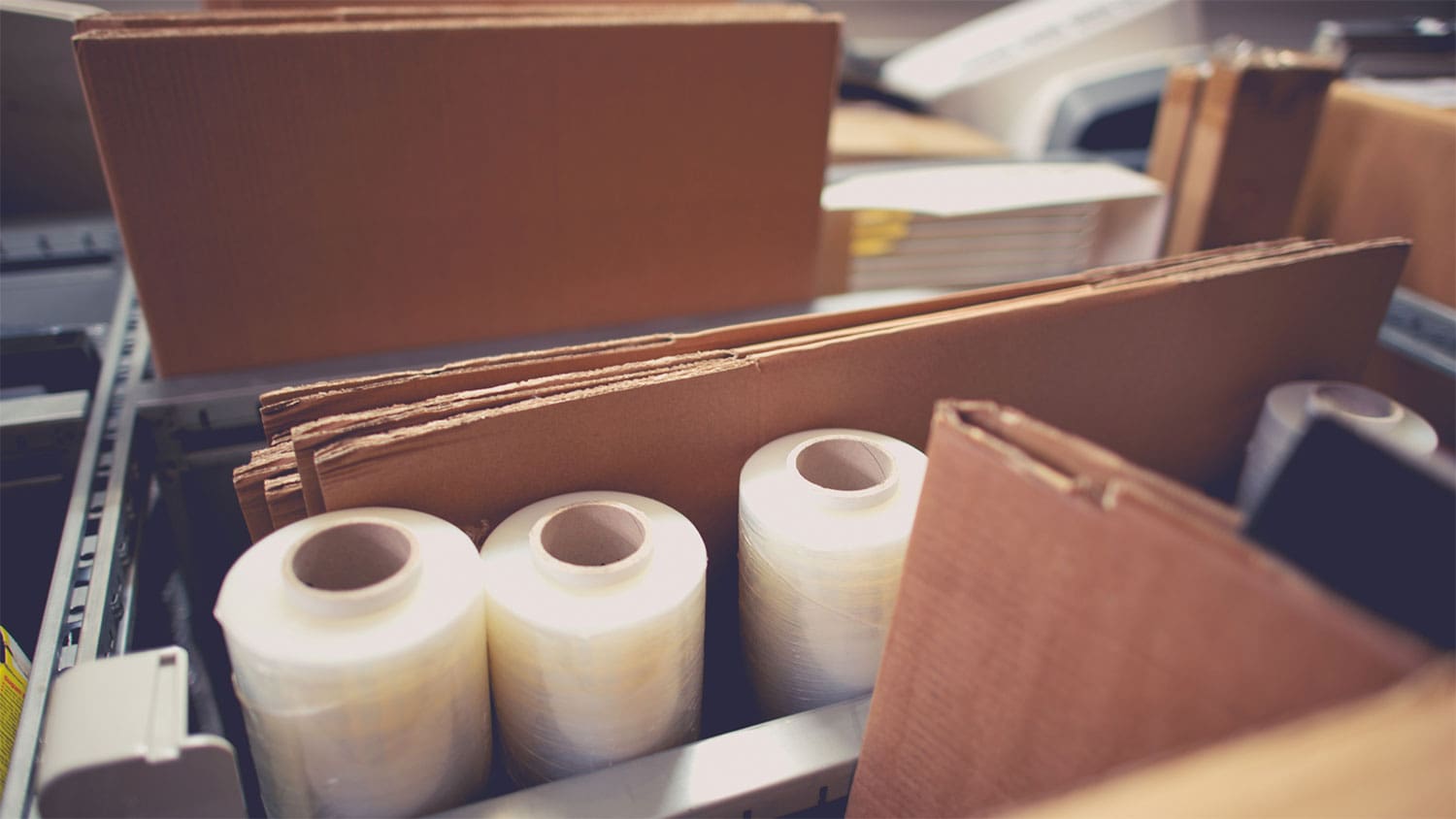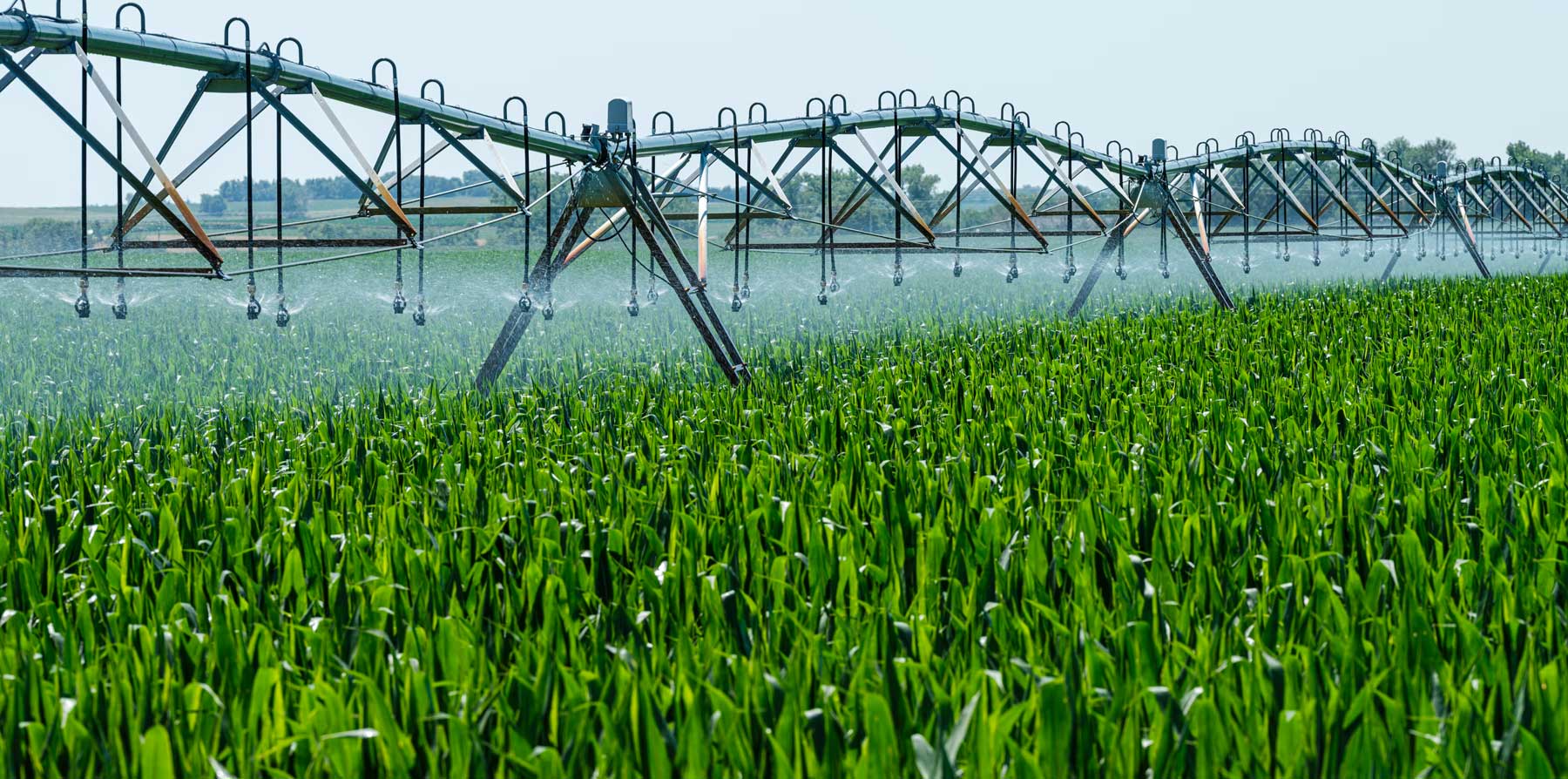
Packaging waste regulations have changed significantly in recent years.In particular, the Extended Producer Responsibility (EPR) policy came into force fully from 2025 to place greater accountability on businesses that supply or handle packaging. It will replace the previous Packaging Waste Regulations (PWR).
Here’s what you need to know about the scheme and how it affects your organisation.
What is EPR?
Extended Producer Responsibility is a policy that essentially holds UK producers, suppliers and importers accountable for the entire lifecycle of the packaging they introduce into the marketplace – from initial production to final disposal. Put another way: if you put packaging into circulation, you’ll now be expected to pay the environmental impact of managing it through its lifecycle.
While the rules and regulations around packaging have been tightening incrementally over the past decade or so, the new policies released in 2022 and required from 2025 represent a much stricter and more comprehensive framework.

What’s changed?
The latest changes significantly affect how UK businesses with annual turnover exceeding £1 million report on and pay for packaging waste – if it supplies and/or imports over 25 tonnes of packaging per calendar year.
With EPR there are also two thresholds for businesses:
- Large Producers (LP) – with turnover of more than £2 million and supplying/importing more than 50 tonnes of packaging.
- Small Producers (SP) – organisations with an annual turnover of between £1–2 million and more than 25 tonnes of packaging supplied/imported in a calendar year.
In order to report on and pay for packaging waste correctly, businesses will now need to account for the following:
- Full cost recovery: bearing the full cost of collection, sorting and recycling waste packaging
- More frequent and detailed reporting: reporting the type, weight and recyclability of packaging materials
- Wider material coverage: new materials – such as certain plastics and fibre-based composites – will fall under the scope.
- Modulated fees: packaging that’s hard to recycle will attract higher costs. More sustainable materials will cost less to process.
What this means for your business
EPR certainly isn’t just another regulatory box to tick; it represents a concerted effort to change behaviours and hold organisations accountable for the resources that are used and the waste created by their business activities. If you produce, supply or import packaging you should be aware that EPR will likely impact:
- Your costs: depending on your packaging materials
- Your processes: with a greater emphasis on maintaining accurate data and traceability
- Your sustainability: making the switch to recyclable, lower-impact packaging will help to minimise financial and environmental costs
In order to ensure that your business complies with the requirements of EPR, the best starting point is to conduct a waste audit – in order to understand the levels of packaging you are currently using/shipping. Once this is completed, it’s time to review how you report on packaging and prepare for more detailed data collection.
Another key step to take is to engage with your suppliers. This begins with understanding whether your packaging materials

Contact Everflow today!
At Everflow, our goal is to make your utilities simpler. We ensure you get great-value contracts that are tailored to your needs and easy to manage.


